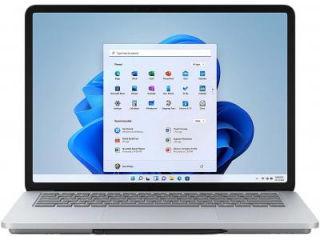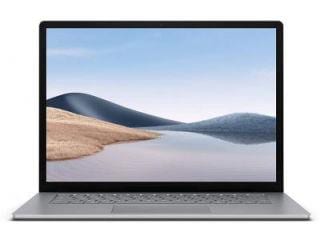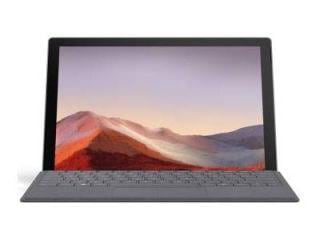Microsoft Army Goggles Left US Soldiers With Nausea, Headaches in Test
US soldiers using Microsoft’s new goggles in their latest field test suffered “mission-affecting physical impairments”.
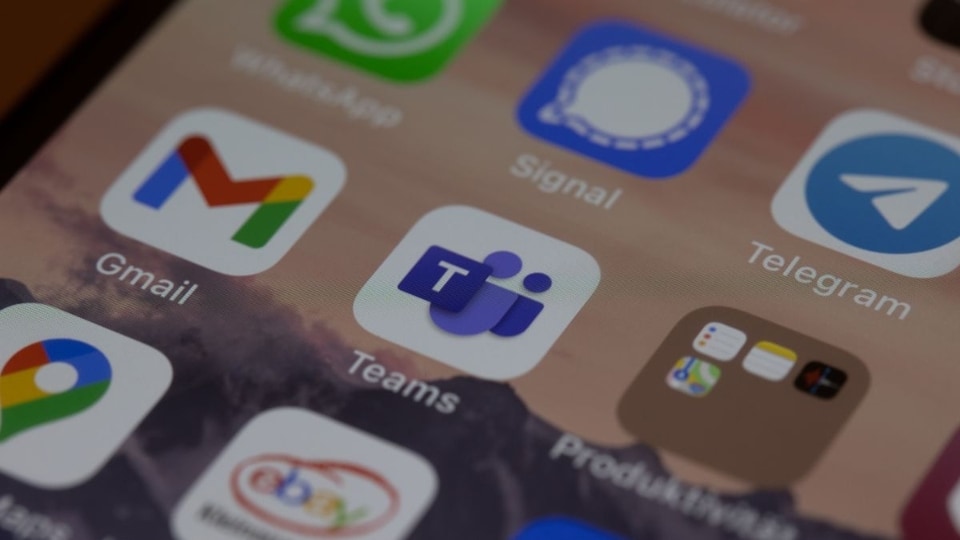

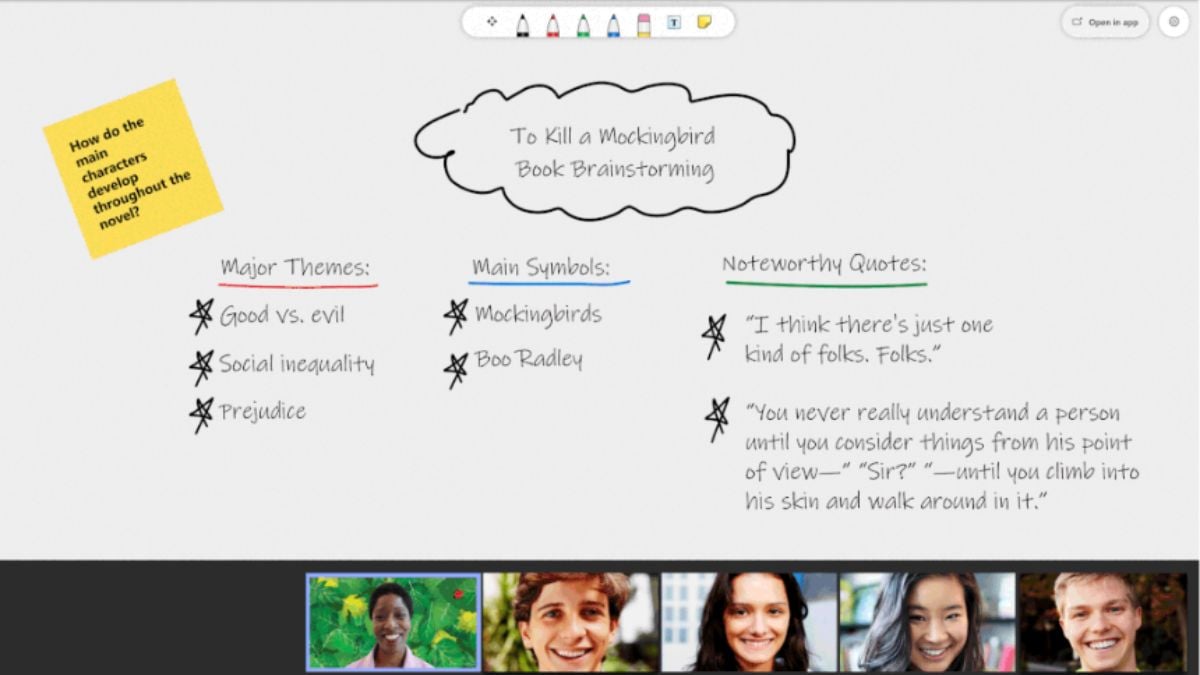
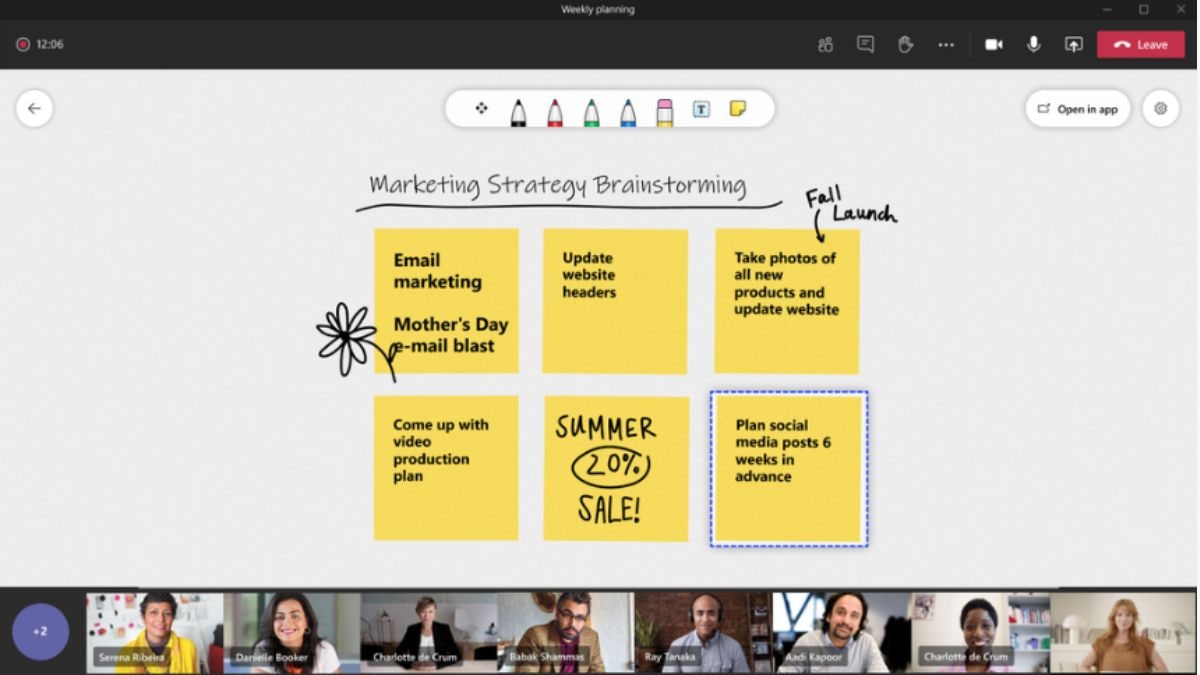
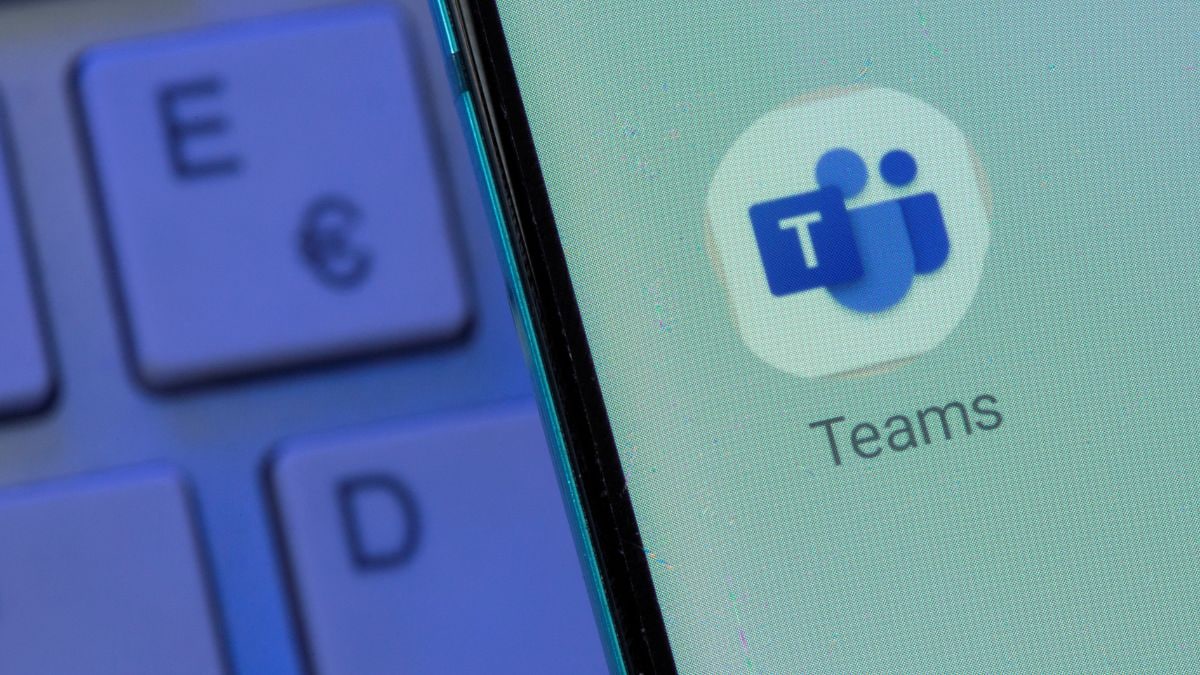

 View all Images
View all ImagesUS soldiers using Microsoft Corp. 's new goggles in their latest field test suffered “mission-affecting physical impairments” including headaches, eyestrain and nausea, according to a summary of the exercise compiled by the Pentagon's testing office.
More than 80% of those who experienced discomfort had symptoms after less than three hours using the customized version of Microsoft's HoloLens goggles, Nickolas Guertin, director of Operation Test and Evaluation, said in a summary for Army and Defense Department officials. He said the system also is still experiencing too many failures of essential functions.
The problems found in the testing in May and June were outlined in a 79-page report this month. The Army marked it “Controlled Unclassified Information” to prevent public distribution, but Bloomberg News obtained a summary.
Despite the device's flaws, Guertin doesn't deem it a lost cause. He recommended that the Army “prioritize improvements” before widespread deployment to reduce the “physical discomfort of users.” He said improvements are also needed to the goggle's low-light sensors, display clarity, field of vision and poor reliability of some essential functions.
On the positive side: The latest model's reliability has improved for a key metric -- the mean time between failures that render the whole system inoperable, according to the report. Leaders and soldiers also reported that the latest version “enhanced navigation and coordination of unit movements,” Guertin wrote.
Microsoft's Integrated Visual Augmentation System, or IVAS, is expected to provide a “heads-up display” for U.S. ground forces, similar to those for fighter pilots. It would let commanders project information onto a visor in front of a soldier's face and would include features such as night vision. The Army projects spending as much as $21.9 billion over a decade on the goggles, spare parts and support services if all options are exercised.
The test results will be closely assessed by lawmakers as they decide whether to approve $424.2 million the Army proposed to spend on the program this fiscal year. The House and Senate appropriations panels separately proposed deep cuts to the Army's request pending the outcome of the testing.
One finding that may give members of Congress pause: Acceptance of the goggles by soldiers “remains low” and they and their leaders indicated they don't “contribute to their ability to complete their mission.” The exercise represented the fifth “Soldier Touch point” test of the system, a widely praised Army initiative to get soldiers' feedback early in the acquisition process.
Microsoft, which wasn't given a copy of the test results, said in a statement that “our close collaboration with the Army has enabled us to quickly build” and modify the device “to develop a transformational platform that will deliver enhanced soldier safety and effectiveness. We are moving forward with the production and delivery of the initial set” of devices.
Doug Bush, the Army's assistant secretary for acquisition, said in a statement that the service “conducted a thorough operational evaluation” and “is fully aware” of the testing office's concerns. The Army is adjusting the program's fielding and schedule “to allow time to develop solutions to the issues identified,” he said.
He said the Army believes the finding that the goggles cause “physical impairment” overstates that issue but is pursuing “significant improvements to address soldier concerns regarding comfort and fit.”
In August, Bush cleared the Army to begin accepting some of the initial 5,000 sets of goggles produced but on hold, saying that the service “is adjusting its fielding plan to allow for time to correct deficiencies and also field to units that are focused on training activities.”
Asked why the Army directed the test office to label the report “Controlled Unclassified Information,” Bush said the service “followed appropriate DoD guidance on classification.”
Catch all the Latest Tech News, Mobile News, Laptop News, Gaming news, Wearables News , How To News, also keep up with us on Whatsapp channel,Twitter, Facebook, Google News, and Instagram. For our latest videos, subscribe to our YouTube channel.








